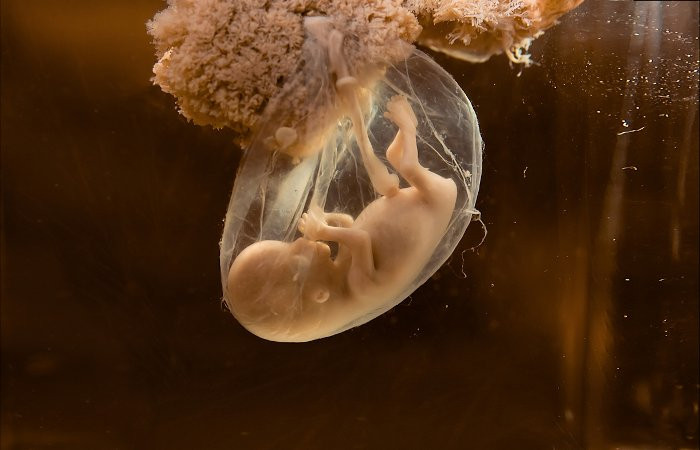What's the difference between a test-tube baby?
There are no significant differences between babies born in vitro fertilization and babies born naturally.
"Test-tube baby" is the result of medical science advances in the field of infertility treatment. In vitro fertilization (IVF) is one of the most advanced reproductive support technologies practiced in the field of infertility treatment today. A baby is born without natural intercourse between a man and a woman. Instead, a woman's egg cell and man's sperm are fused outside the body for a successful fertilization.
Louise Brown was the first child in the world to be born with the IVF method in 1978. Many religious groups in the world consider it an unethical move. There are many people who think that babies born with this method are not normal. So what is the truth about "test-tube babies" ?
What does "test-tube baby" mean?
Test-tube babies are the result of IVF techniques . In this technique, egg cells and sperm are fertilized outside the body, then re-implanted into the woman's uterus. Babies born with this method are called test tubes babies.
In Vietnam, 10,000 babies were born from this technique.This is an effective treatment for infertility , the average pregnancy rate in Vietnam is about 40%.

Louise Brown was the first child in the world to be born with the IVF method in 1978. (Photo: Boldsky).
Who should get IVF?
This fertility support method helps couples who have difficulty conceiving. People who belong to one of the following rare cause groups will be assigned to in vitro fertilization:
- The cause of infertility from the wife, such as occlusive lesions, epithelial fluid retention, endometriosis or ovarian disorder after failure to pump sperm several times.
- The cause of infertility from husbands is low sperm, weak and deformed or sperm-free.
- Rarely, the cause is unknown and sperm pumping has failed several times.
How is IVF process?
The wife's ovule after aspiration will be treated and combined with the husband's sperm to form the embryo. After combining eggs and sperm into embryos, embryos are cultured in vitro 2 to 3 days or 5 days before being transferred to the womb of the wife.
Normally, about 2-3 embryos are transferred on average with a pregnancy rate of about 35-40%. After embryo transfer, patients only need to rest in place for 1-2 hours, then can return to normal. After embryo transfer, if there are excess and good embryos, the patient will be advised to store the embryo cold to be able to use for later cycles. The patient was given medication to support the nesting process of the embryo 2 weeks before the pregnancy test.
Is the baby test tube normal?
Currently, no studies have shown that test-tube babies have any health problems. These babies can live a perfectly healthy life similar to all other babies born through natural conception.
Baby test tube later infertility?
The test-tube baby will grow up like a normal person and not have any fertility problems later. Studies show that the infertility rate in baby tubes and babies born with natural conception is the same.
Is the test tube baby a "designer item"?
Doctors only exclude embryos with genetic diseases and sex interventions in some countries that allow sex selection. In addition, doctors can not interfere more, children born in vitro fertilization is not "design" as people still think.
Baby test tubes born from test tubes?
Embryos after being in vitro for 2-3 days (or 5 days) will be transferred to the womb of the wife. The number of embryos depends on the age of the wife, the cause of infertility, the number of previous cycles as well as the current quality of the embryo. The doctor will decide the number of embryos to transfer to achieve the highest pregnancy rate and minimize the risk of multiple pregnancies. So the baby still develops in the normal womb and 9 months later the next day is born like other babies.
- Reproduction does not need sex
- Test tube containing Thomas Edison's last breath
- Recreate urinary tube from patient cell
- Animal feed to change crocodile gender?
- How to bathe your baby safely
- T8 Series LED lamps save power and brightness
- Decipher your baby's cries
- Watch the lovely 'baby' animals
- Sex imbalance caused by birth through a test tube
- Day and night how much temperature difference affects health?
- What happens when the plane drops suddenly?
- How accurate is the DNA test for the biological child?
 Green tea cleans teeth better than mouthwash?
Green tea cleans teeth better than mouthwash? Death kiss: This is why you should not let anyone kiss your baby's lips
Death kiss: This is why you should not let anyone kiss your baby's lips What is salmonellosis?
What is salmonellosis? Caution should be exercised when using aloe vera through eating and drinking
Caution should be exercised when using aloe vera through eating and drinking